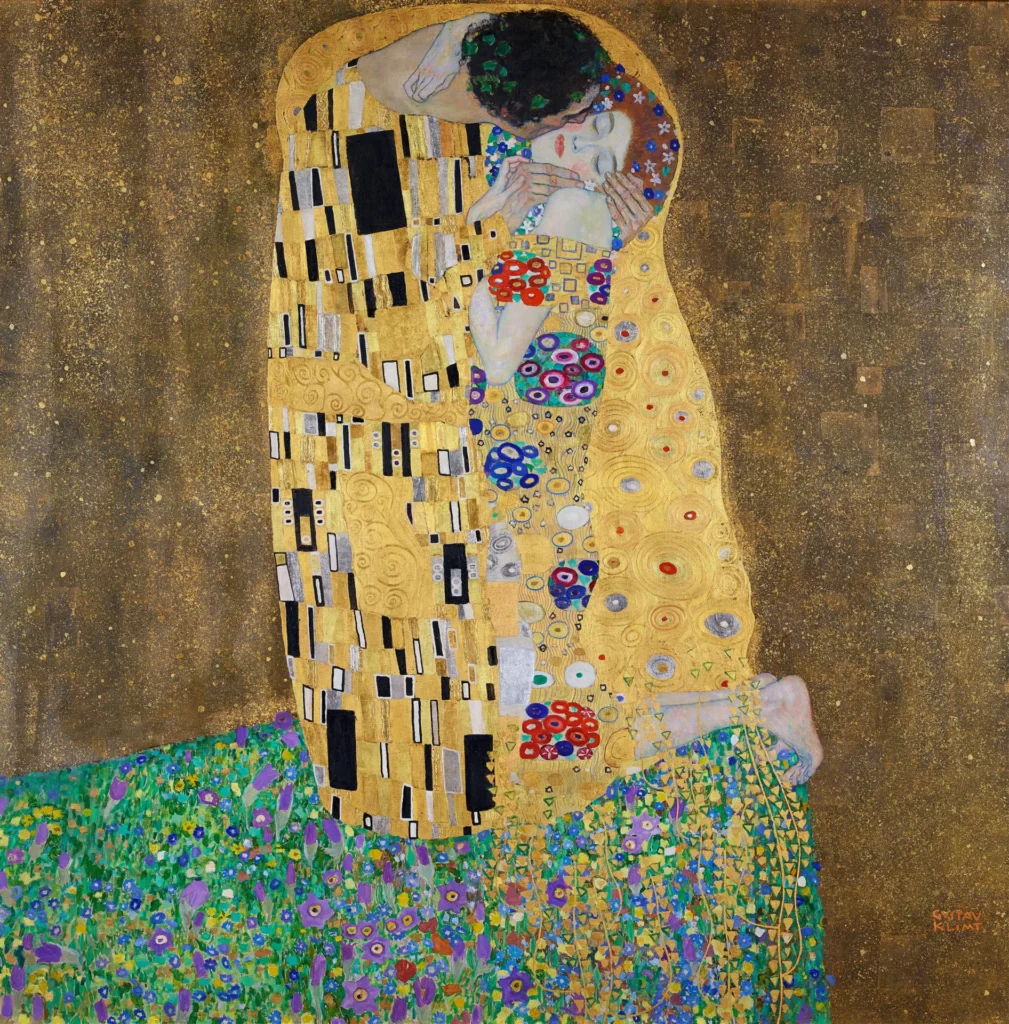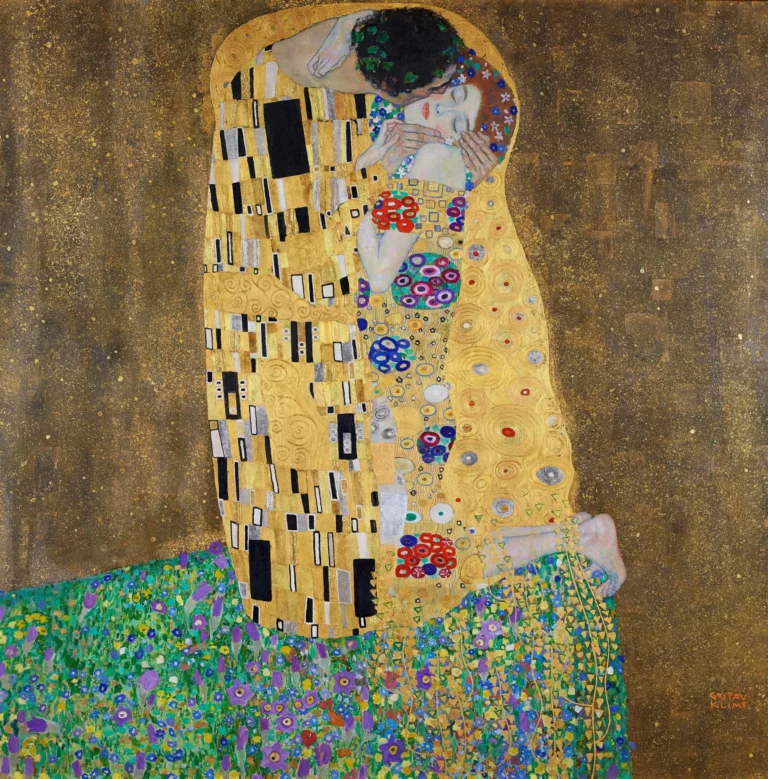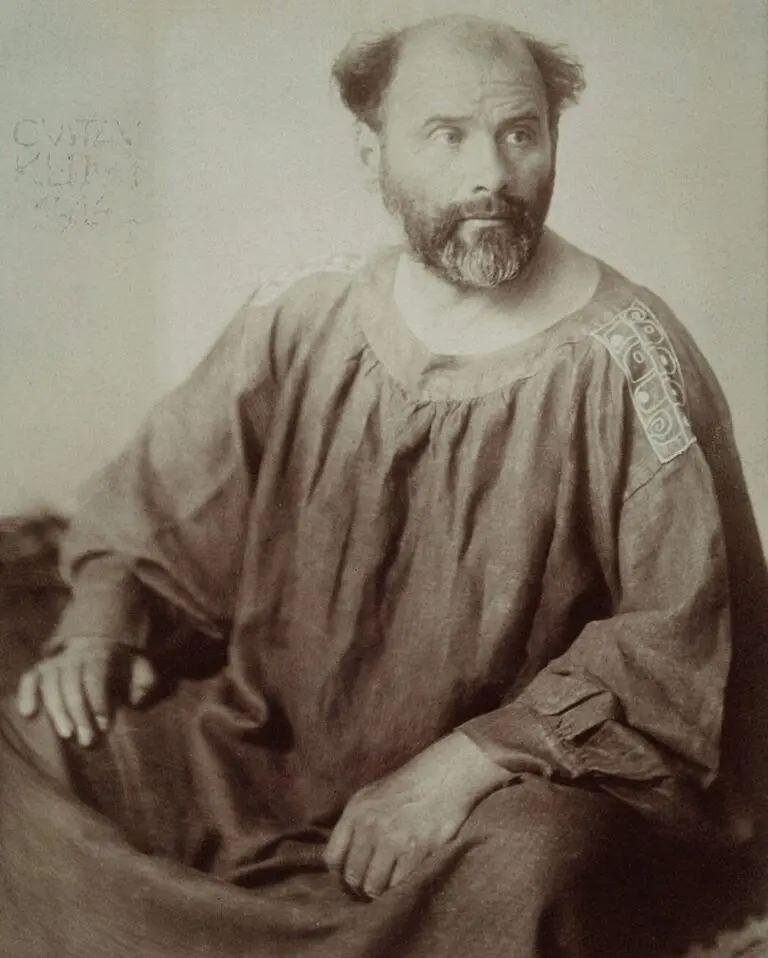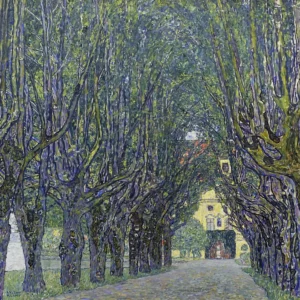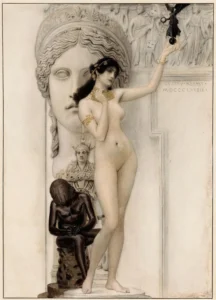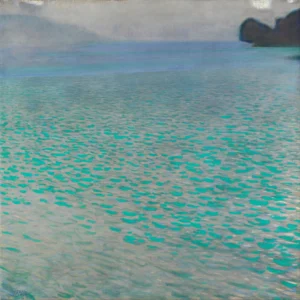The Kiss (1908)
Gustav Klimt's The Kiss is an iconic oil on canvas painting created between 1907 and 1909, distinguished by its lavish use of gold leaf and intricate decorative patterns. The artwork portrays a couple in a tender embrace, set against a shimmering golden background that conveys a sense of mystique. Both figures are adorned in contrasting robes that symbolize masculinity and femininity, echoing the themes of love and intimacy prevalent in Klimt's work. Housed at the Österreichische Galerie Belvedere in Vienna, this masterpiece is not only a testament to Klimt's artistry but also a reflection of the cultural and artistic currents of its time.
1907-1909
About the Artwork
The Kiss was created during Gustav Klimt's 'Golden Phase', a period characterized by the extensive use of gold leaf in his work. Klimt's background, with a father who was a goldsmith, deeply influenced his artistic direction, allowing him to master the luxurious application of gold in painting. Unveiled at the 1908 Kunstschau in Vienna, it was an instant sensation, capturing the imaginations of art lovers and the public alike. The identities of the figures have been a subject of intrigue, with theories suggesting that they may represent Klimt himself and his muse, Emilie Flöge. The painting's themes and opulent presentation have secured its place in the art world as a timeless emblem of romanticism and sensuality, encapsulating the fin-de-siècle ethos.
Did You Know
The Kiss is one of the most prominent examples of Klimt’s ‘Golden Phase’, a period in which he employed gold leaf extensively in his paintings, allowing him to create a shimmering, ethereal quality that defines many of his works.
Upon its first exhibition in 1908, The Kiss was an immediate hit, leading to its acquisition by the Austrian Ministry of Education, showcasing its rapid rise to prominence in the art community.
The identities of the couple depicted in The Kiss remain a mystery, with speculations ranging from Klimt’s beloved Emilie Flöge to notable cultural figures like Alma Mahler, although no definitive proof exists for these claims.




